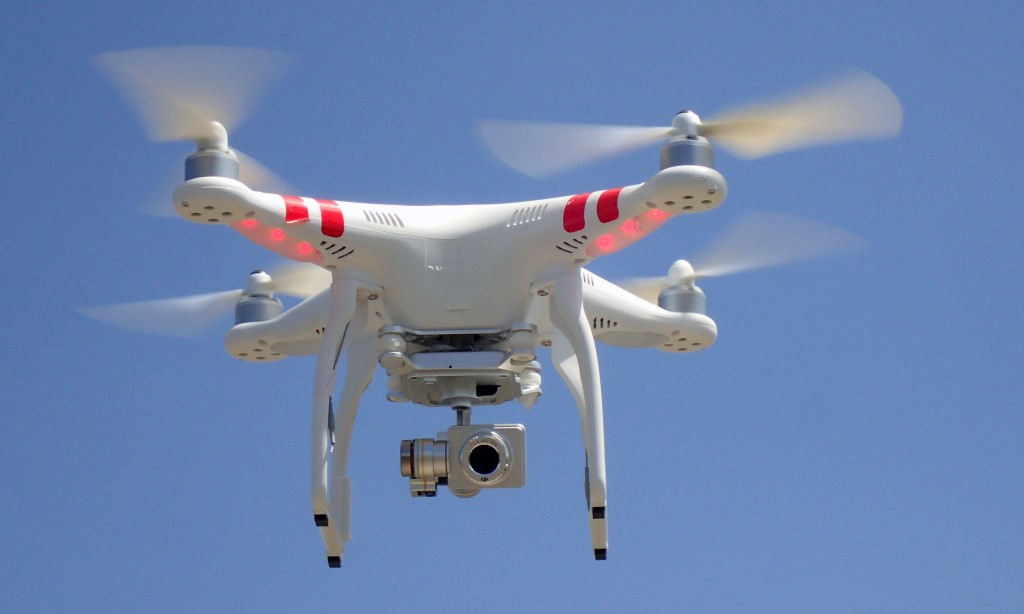Problem Description
Project Kingfisher aims to develop a sensor suite and trajectory planning software for an autonomous rotorcraft to land on ships without GPS or radio. A Boeing study found that between 1998 and 2007, nearly one in four crashes was due to pilot error or mechanical failure during landing [1]. Landing an aerial vehicle can be very tricky even for experienced pilots under the best of circumstances.
With the performance improvement of the processors and the maturity of sensor technologies, unmanned aerial vehicles (UAVs) are becoming popular in a wide range of applications. These applications include military service, aerial photography, surveillance, environment mapping, cargo shipping, etc. [2]. Work has been shared between man and machine, and the working efficiency and capability has been increased since UAVs can access places humans cannot and can operate more precisely. However, without intelligence onboard the vehicles, UAVs can be very dangerous. A collision between a UAV and a landing base can cause significant loss and even human injuries.
Therefore, a technology that can autonomously land a rotorcraft on a shipdeck by combining sensing and prediction is a potential solution for improving landing performance. Project Kingfisher will utilize a vision system suite carried by a small-scale quadcopter to demonstrate algorithms that safely land a rotorcraft on a dynamically moving deck.
Ref[1]: http://www.popularmechanics.com/flight/g402/10-craziest-plane-landings-caught-on-video/
Ref[2]: http://www.webdesignschoolsguide.com/library/10-things-we-couldnt-do-without-robots.html

